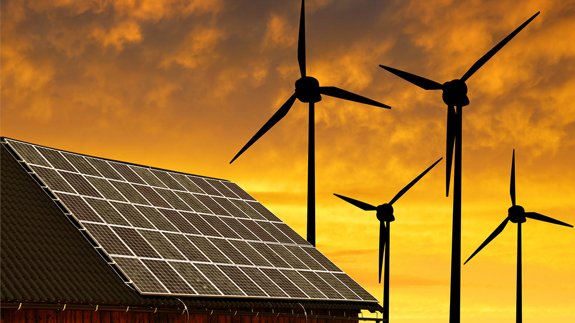The transition to a fully renewable electricity system by 2030 is possible for South America.
That’s according to a study by Lappeenranta University of Technology and VTT Technical Research Centre of Finland, which suggests energy storage could help achieve that goal.
It said the cost of green electricity in a 100% renewable system would be between €47/MWh (£39.9/MWh) to €62/MWh (£52.7/MWh) in comparison to other options such as new nuclear and carbon capture and storage which are between 75% to 150% higher.
The calculations are based on total installed capacity of renewable electricity – 415GW of solar, 144GW of hydro, 39GW of hydro run-of-river, 17GW of biogas, 4GW of biomass and 69GW of wind power.
The report adds hydro dams can be used as a virtual battery for solar and wind electricity storage, balancing generation and demand in times of lacking solar or wind electricity during the course of the year.
It suggests if current gas demand in the region is replaced by power-to-gas technology, the need for energy storage will plummet. That could be possible with a system in which technologies increase the flexibility without the need for large energy storage technologies.
It could save up to €13 billion (£11.05bn) on electricity costs, the report adds.
Professor Christian Breyer from the university said: “South America has a unique renewable energy resource base since one of the best wind sites globally is in Patagonia, the best solar energy sites are in the Atacama Desert, hydro power is already used in large amounts and the sustainable biomass potential is significant. For these reasons, South America is one of the most favourable regions globally to shift to a 100% RE [Renewable Energy] system.”





